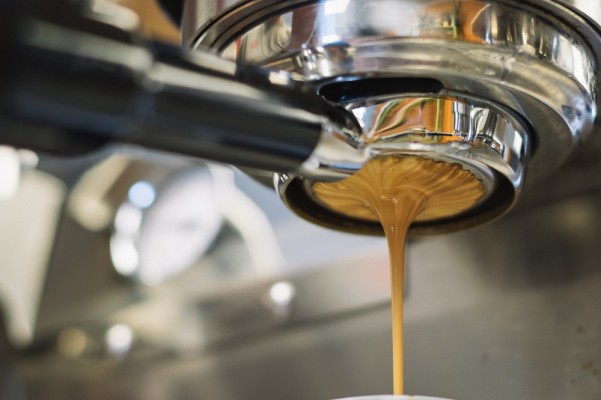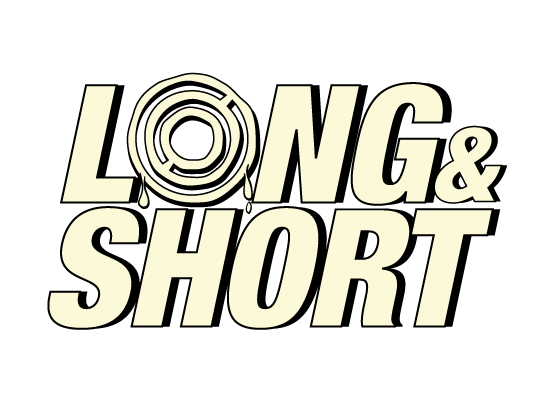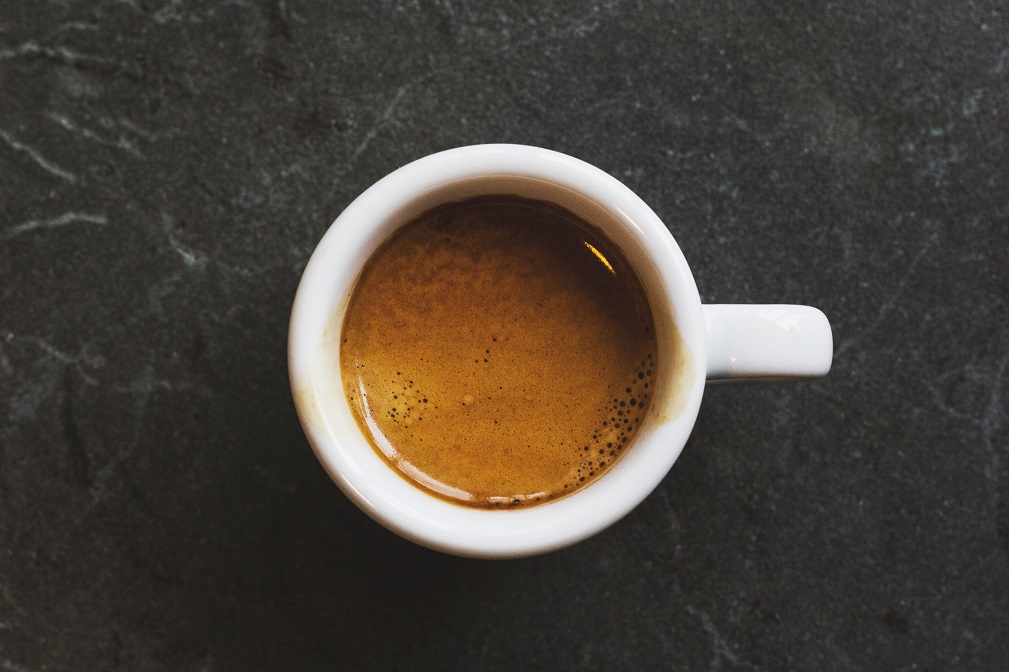I like to think of coffee not as a beverage but as a journey from bean-to-cup. The end destination being a happy and coffee filled customer. The coffee bean used provides the foundation for this journey. However, the journey is where the beans inherent flavours are potentialised. Whereby they are either enhanced, maintained or more detrimentally lost or ruined. The bean and roast are pivotal in this journey, but the coffee shop can either make or break it with extraction when it comes to its consumption as an end product.
It is for that reason I want to enlighten consumers on the tell tale signs to distinguish if your coffee shop can actually serve a decent coffee, more specifically an espresso that makes up the bulk of coffee based drinks. Without delving into the science of what makes a great espresso with a masterclass in coffee chemistry, biology and physics, let’s focus on the overarching process of extraction needed to produce coffee.
Coffee extraction is the process of dissolving soluble flavours within coffee grounds into water.
Due to the coffee beans naturally dense structure it needs to be ground for extraction, which enables a higher surface area penetration when water is applied. The espresso machine (or extraction machine) then pumps water through the grounds to create an espresso.
Although this may seem like a simple process, a good barista must use a recipe for each bean and even roast to ensure the coffee is ideally extracted. A brewing recipe requires using a specific grind particle size (grinder setting), input quantity into the espresso machine (weight of grounds), output quantity (weight after water it passed through grounds) and extraction time (seconds it takes to create the espresso). Other factors further impact the recipe depending on the equipment used, water mineral content, beans etc etc. but ultimately the recipe is the variable that brings out the best in the espresso just before and during service.

It is this extraction process where you’re able to tell if an espresso tastes right. The espresso can then fall into one of three categories including under extraction, over extraction or ideal extraction, which you as the customer will be able to tell based on its characteristics and how it tastes.
UNDER EXTRACTION
Under extraction happens when not enough coffee is being dissolved into the water. It commonly occurs when coffee is either too coarse or the brew time is too short. This has the knock on affects to taste highlighted below.
SOURNESS – aggressive taste at the front of sides of your tongue.
EXTREMELY INTENSE – unpleasant brightness.
SHORT LIFESPAN – short sharp burst of flavour that dissipates quickly with minimal aftertaste.
OVER EXTRACTION
Overly extracted coffee occurs if too much coffee is dissolved into the water. Opposite to under extraction it happens if the coffee grounds are too fine or brew time is too long leading to the below.
BITTERNESS – dry taste at the back of your tongue.
EXTREMELY WEAK – flat taste lacking in acidic flavour.
LONG LIFESPAN – prolonged lingering of a bad taste.
IDEAL EXTRACTION
Many baristas go through a phase of seeking the ‘God shot’…or perfectly extracted espresso shot. A result of mastering an espresso recipe with a quality bean. Whilst perfection isn’t always consistent, ideal extraction is the step towards this and can be found when tasting the below.
SWEETNESS – in between sourness and bitterness is a sweet spot. This is an ongoing goal not just for baristas. Roasters face a similar challenge to roast in a way that brings out coffees natural sugars. A good coffee should be sweet enough without sugar added.
BALANCE – a well rounded taste that fills the whole mouth as opposed to just the front, sides or back of the tongue. You would expect taste to resonate at the center of your tongue flowing outwards.
FLAVOUR LAYERS – a good espresso tends to be more complex. This includes layers of flavour with a pleasant start, middle and end taste (after taste).
CLARITY – clarity has become more pronounced with the rise of speciality coffee, relating the beans inherent flavours being more clearly defined. In other words, if i say a coffee tastes like blueberry, the coffee will taste like blueberry.
Hopefully this arms the everyday coffee drinker with some knowledge of what to look out for in a good espresso. Whilst this information may give you the means to ridicule some coffee shops, which I have no qualms with. If you do find a great coffee, take a moment to appreciate the hard work that goes into it. Just remember, a great tasting coffee should start and end with a great tasting coffee bean. On that note I leave you with these wise words….a great barista working with a poor coffee bean is like polishing a turd, so always invest in quality coffee!




With appreciation. Great stuff. One think it’s easy to get a good shot but reading though, its obviously not case.
I am Cerys Ryan. This coffee shop is really good. This shop process is very great. I am recommended all.